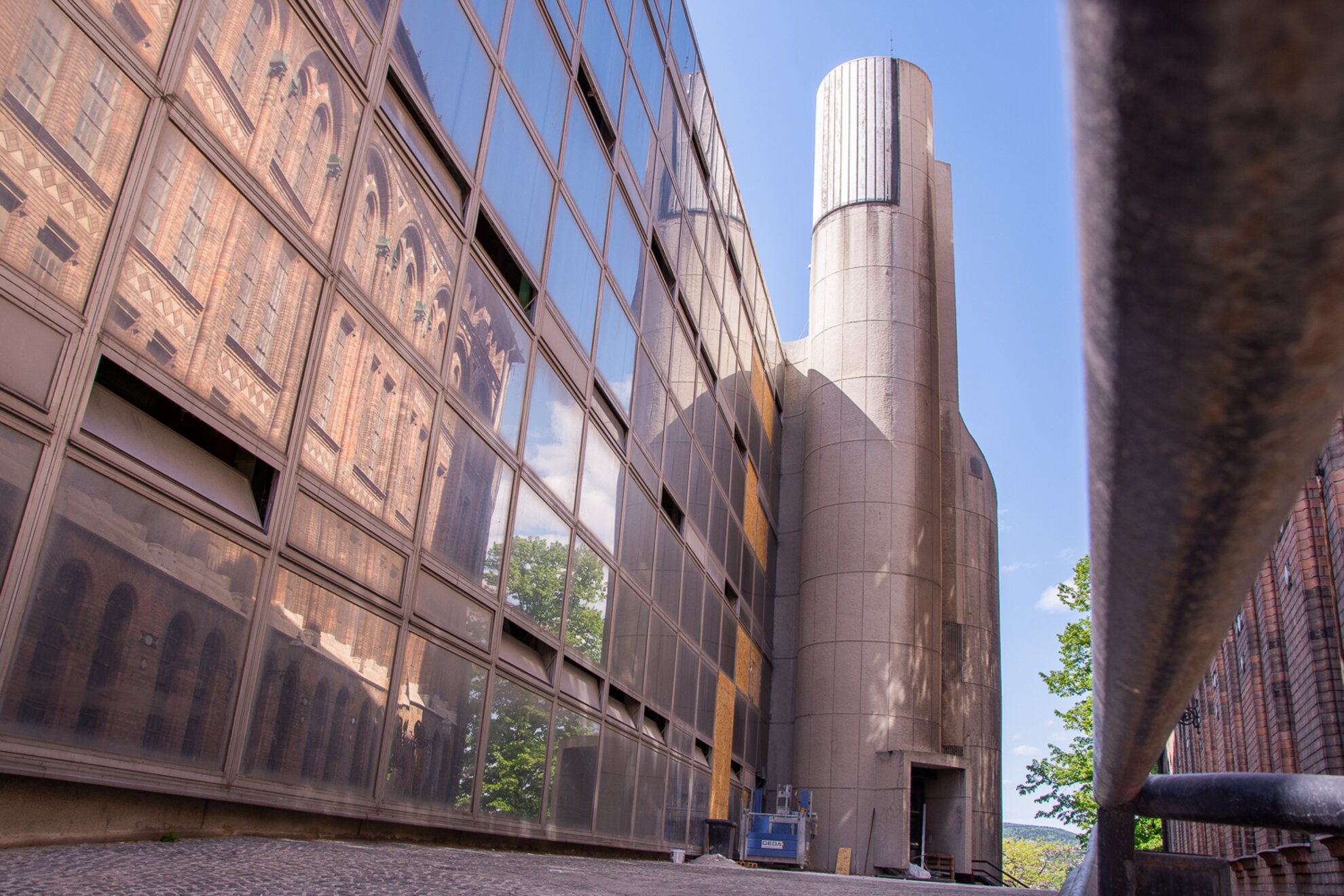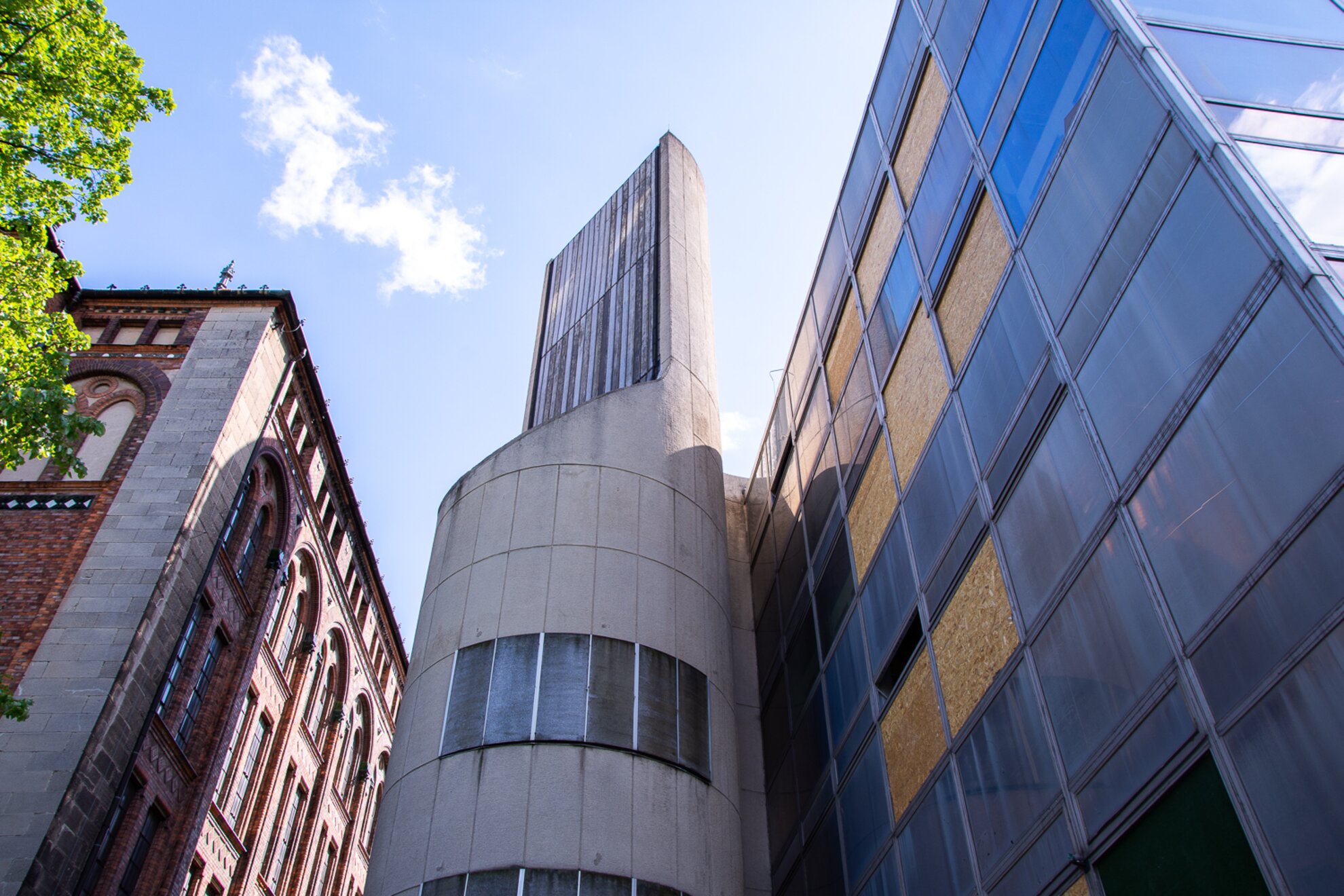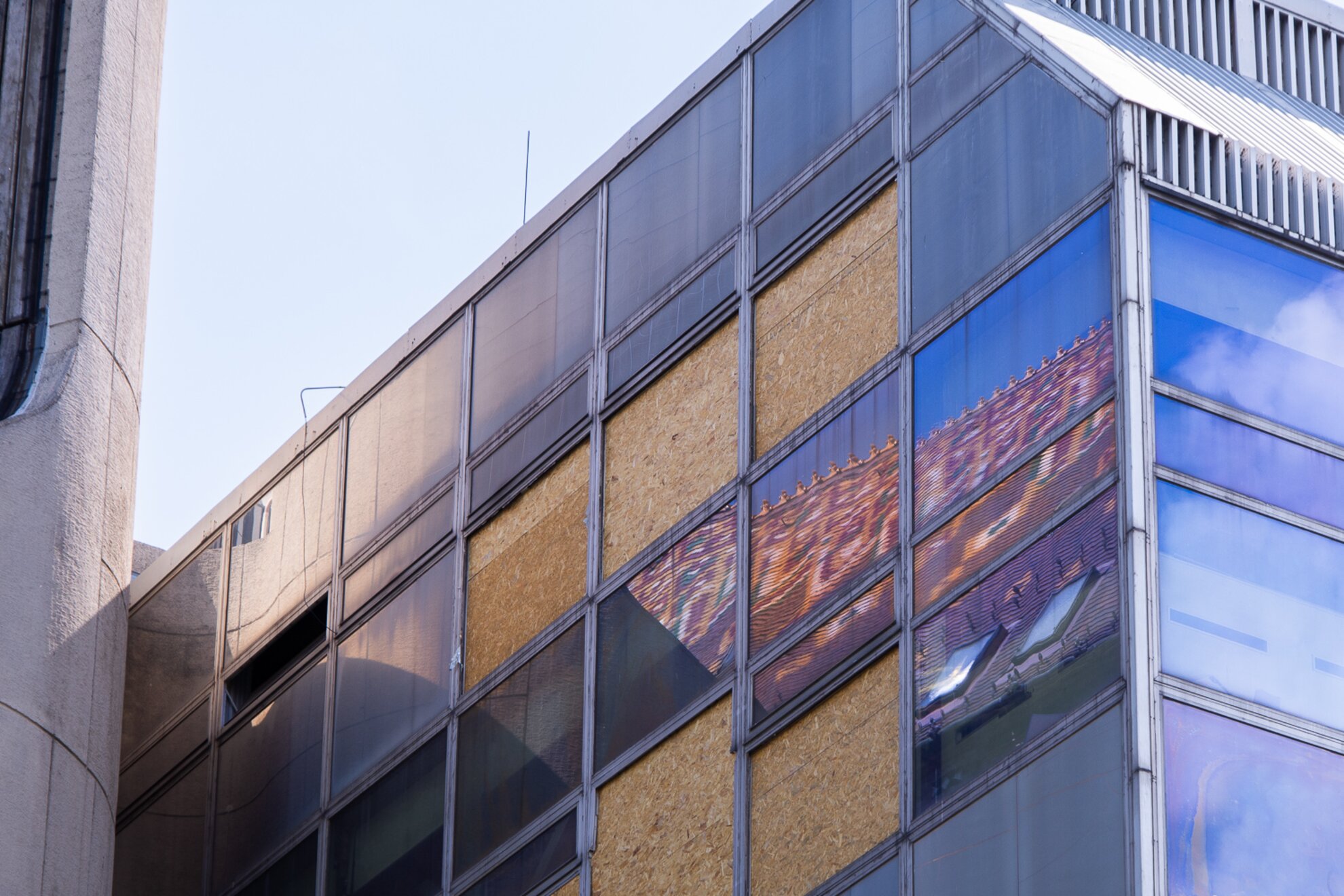Some see the MVM – Országos Villamos Teherelosztó Központ as an ugly structure long in need of removal, others consider it an important historical and architectural monument. Though the argument appeared to have been settled in 2016, admirers of Csaba Virág’s construction are worried once more – many have noticed activity around the empty building, and an official announcement recently confirmed people’s concerns.

Wrapped in glass, steel and concrete, this modern industrial building was designed by Virág in the early 1970s, and completed in 1979. It is considered one of the finest architectural pieces of its time. Contrary to popular belief, the choice of location was not arbitrary – the National Electric Load Distribution Centre had been operating in a huge cave system accessible from a nearby corner house on Úri utca since 1949. It was important that the new unit connected to the network close to it.

The then ultra-modern, functional, five-storey industrial building was a real challenge to design in a way that it matched the time-honoured setting of the Castle District. The architect managed to carry it off, however, as the MVM fits in terms of height, and complements the surrounding buildings with its soft lines and tones.

From the perspective of the promenade around Anjou Bastion, it looks like some sort of a modern church, while the former radio tower resembles a bell tower. The windows reflect the clouds, the trees and the neighbouring Neo-Gothic National Archive Building. Its profile is a lot simpler and laid-back, and once mirrored the urban harmony across the street. Since the electricity company moved out in 2007, it has been largely neglected, evident from its damaged façade, cracked surfaces and abundant weeds.

Mooted for use as an office building, this empty landmark made the news again in 2016 when demolition seemed nigh. Petitions and public statements from experts warded off the wrecking ball, and the building was slated as office space for the Ministry of the Interior.

But the building continued to stand alone and, after noticeable efforts to begin its removal, the ministry confirmed in a letter to Hungarian architects that there would be no renovation, and another building is planned to stand in its place.




